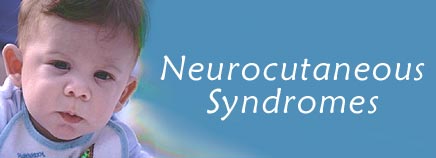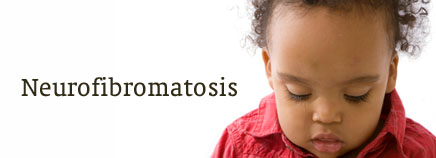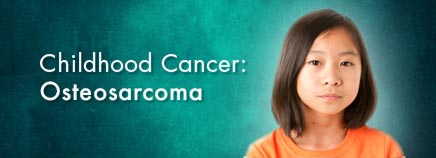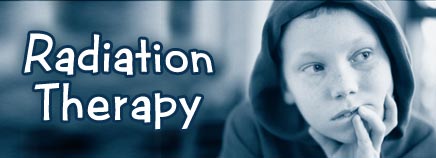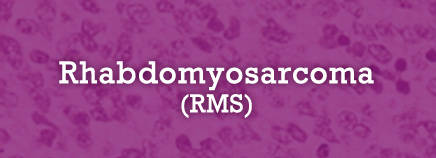About Neurocutaneous Syndromes Neurocutaneous syndromes are disorders that lead to growth of tumors in various parts of the body. They’re caused by the abnormal development of cells in an embryo and characterized by the tumors in various parts of the body (including the nervous system) and by certain differences in …
Neurofibromatosis
About Neurofibromatosis Neurofibromatosis (NF) is a neurocutaneous syndrome that can affect many parts of the body, including the brain, spinal cord, nerves, skin, and other body systems. NF can cause growth of non-cancerous (benign) tumors involving the nerves and brain. NF can range from mild to severe. Some children live …
Neutropenia
If your child is diagnosed with cancer, it may feel as though you went to bed one night and woke up in an alternate universe. Suddenly there are all these new words — oncology, chemotherapy, radiation — not to mention a slew of new fears and emotions. Now the doctor …
Osteosarcoma
Osteosarcoma is the most common type of bone cancer, and accounts for about 3% of cancers that happen in children. Although other types of cancer can eventually spread to parts of the skeleton, osteosarcoma is one of the few that actually begin in bones and sometimes spread (or metastasize) elsewhere, usually …
Radiation Therapy
If you’ve seen a dentist or been treated for a broken bone, you’ve experienced radiation firsthand. In everyday life, radiation in the form of X-rays is used to create images of areas of the body that doctors can’t see, such as the inside of a tooth or the interior of …
Retinoblastoma
Retinoblastoma is a cancerous tumor that grows in the retina, a layer of nerve tissue in the back of the eye that senses light and sends images to the brain. A cancer of early childhood, retinoblastoma can affect developing fetuses in the womb, as well as newborns, babies, toddlers, and children …
Rhabdomyosarcoma (RMS)
About RMS Rhabdomyosarcoma (RMS or “rhabdo”) is a cancerous tumor that develops in the body’s soft tissues, usually the muscles. It can affect the head, neck, bladder, vagina, arms, legs, trunk, or just about any body part. Cells from rhabdomyosarcomas are often fast growing and can spread (metastasize) to other …
Side Effects of Chemotherapy and Radiation
Cancer cells divide and multiply much faster than most normal cells — and that’s typically how they do their harm. Uncontrolled cell growth can lead to masses of cancer cells called tumors, or to a situation where healthy cells are crowded out and can no longer do their jobs efficiently. …
Stem Cell Transplants
Stem cells are cells in the body that have the potential to turn into anything, such as a skin cell, a liver cell, a brain cell, or a blood cell. Stem cells that turn into blood cells are called hematopoietic (heh-mat-uh-poy-EH-tik) stem cells. These cells are capable of developing into the …
Abusive Head Trauma (Shaken Baby Syndrome)
Abusive head trauma, also called shaken baby syndrome (or SBS), goes by many other names, including inflicted traumatic brain injury and shaken impact syndrome. All of these names mean the same thing: an injury to a child’s brain as a result of child abuse. Abusive head trauma (AHT) can be caused by …

